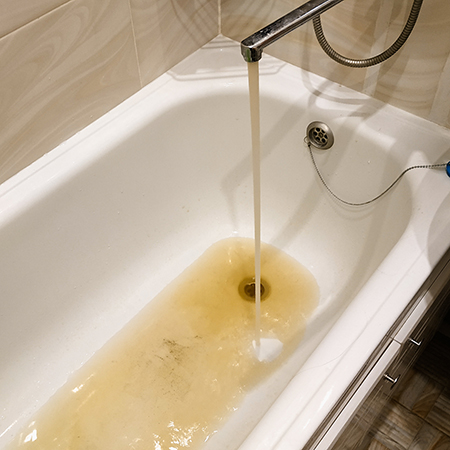It Pays to Inspect a Geyser Regularly
Power outages, load shedding, reduced or zero water supply, all of these can have an impact on a geyser and why you should inspect yours more often.
23/05/2022
Today seems to be all about doom and gloom for me. Most of the weekend was spent without power (like most everyone else) and it was only the other day that the water supply was off for a day or two for maintenance on the pipelines. What next? They say bad things always happen in three's so I'm sure something is on the way. Hope it's not a burst geyser! Talking about the geyser, now would be a good time to look at inspecting yours to see if it is OK. Power outages and cuts in water supply are not good for any geyser and I know that in Joburg there have been plenty of both.
Power surges can result from load shedding, and this can destroy sensitive electronics on a geyser. Disruptions in water supply also take their toll on a geyser and that's not included all the grit that accumulates in the pipes and geyser caused by interruptions in the water supply. I usually know when it gets bad when my taps block up and I need to empty the tap filters that are filled with grit. I know it also affects my toilet and wears down seals faster. As if we haven't got enough to think about at the moment!
How do you know if a geyser is faulty?
Apart from a regular inspection that you should be doing, if there have been instances of repeated load shedding and disruption of water supply, taking another look is in your best interests and there are a few things you can be on the lookout for:
- Rumbling, hissing, or creaking noises coming from the geyser.
- Excess steam around the geyser or out the overflow pipe.
- Water stains on the ceiling or water in the drip tray.
- Reduced water flow on your taps.
- Hot, steamy water when running the hot water tap.
- Discoloured or rusty-red water coming out of the taps.
A single power surge can fry sensitive electronics in a geyser and other appliances and devices.
Another factor to keep in mind when inspecting a geyser is the age of the geyser. A standard geyser has a 10-year lifespan at which time it should be replaced. Even if there are no immediate signs of stress on the geyser, if you know that it is 10-years or older, make the change sooner rather than too late.
Is your geyser insured?
Better late than sorry. Make sure that your homeowners policy covers the geyser in the event of failure because you never know if or when it might happen. You will want to ensure that your property is fully covered in the event of a burst geyser, particularly if your geyser decides to do a spectacular display and cause a lot of damage to fixture and fittings that include carpets and flooring, walls and ceiling, and any furniture that may be damaged. As added cover, you can also include items such as clothing, bedding and assorted, so check to see what your current policy covers.




